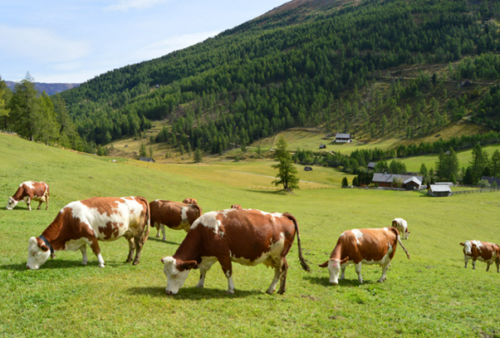8 December 2022
Dr Dietrich Tegtmeyer writes on LinkedIn that regenerative agricultural areas are extremely important for the preservation of biodiversity and climate protection, they are an essential wheel of the gearbox of the ecocycle. About 70% of the agriculturally used area is pastureland, i.e. nature does not provide the regenerative power to cultivate arable land, or the landscape is not suitable for arable farming due to slopes, etc. If grazing livestock is not kept on these lands, something important is missing in the overall system. The grazing, the manure, the tamping down of the soil, all of this promote grass growth and is therefore a CO2 sink.

Sorry, but from my point of view there is something wrong in the assumptions; actually the meat and dairy industry should get a credit in the LCA assessment!
I for my part am happy about every cow, sheep, donkey, horse that grazes on the pasture, about every fly, mosquito that is flushed up by the animals wagging their tails, about every earthworm, mole, field hare that feels comfortable on the pasture, every field flower that is approached by bees and other insects. Everything is part of a complex system, and a cutback in livestock farming, for example, would throw the system out of balance.
我们为皮革、物料及时装业界创造面对面洽谈的机会,为客户缔造实质商机。我们云集世界各地的商家,让他们寻找新的合作伙伴,发掘潜在客户或供应商,并掌握业界最新发展。
我们主办多个专注时尚及生活潮流的商贸展览会, 为这不断变化的行业,提供最全面的买家及参展商服务,方便他们了解急速转变的行业环境,并预测来季趋势。

使用条款 | 隐私政策 | APLF 可持续发展